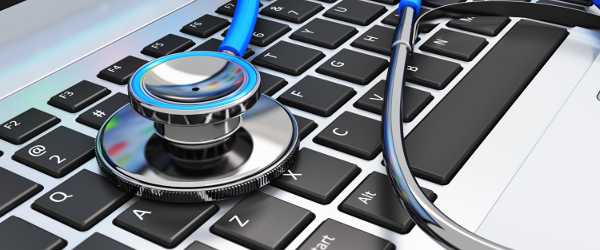
Big Data deployments are everywhere, the use of data to guide business decisions, create products, improve infrastructure and to affect almost every aspect of our lives is prevalent in today’s world.
What may not be as commonly known is some of the ways which Big Data analytics is being used in health care to improve treatment, predict diseases and to help us operate at peak performance.
CBR has compiled a list of some of the best ways that healthcare is using data analytics.
1. Cancer treatment
Genomics England was given £300 million in funding in 2014 to map 100,000 people’s genomes by 2017.
The purpose of this is to develop personalised medicine for the treatment of cancer, which has been dubbed the greatest breakthrough in cancer treatment since chemotherapy.
One of the challenges involved with this is that each genome can generate files of 150GB each, and having an infrastructure in place which can manage the transfer of such large files is difficult to arrange.
Additionally, issues with data privacy and security are of vital importance, to help solve this, the data is likely to be stored in only G-Cloud accredited datacentres.
The project is being undertaken in partnership with biotechnology company Illumina.
2. Heart Disease
IBM’s natural language and machine learning systems have been applied in trials to help identify individuals who were at risk of suffering from heart disease.
The pilot at Carilion Clinic used a pool of 8,500 patients and used both structured and unstructured data from doctors’ notes to achieve 85% accuracy in detecting heart failure.
IBM has been working for a long time to help predict heart disease and with a number of different research centres.
One of the key findings from the trial was the ability to identify social and behavioural factors which could contribute to heart disease.
The use of unstructured data from doctors notes was something that traditional analysis was unable to factor in to decisions.
3. E. coli genome.
Mount Sinai Medical Centre, a teaching hospital in the U.S. is using technology from Ayasdi to analyse the E. coli genome sequence in order to try and understand why some strains are able to develop resistance to antibiotics.
The technology from Ayasdi uses mathematics and topological data analysis to understand the shape of the data and helps to analyse more than 1 million DNA variants.
Other research teams have been mapping the genome of E. coli strains in order to help track future outbreaks in order to help control them.
4. Premature birth care
The Children’s Hospital of Philadelphia has been using a Care Assistant built using the JBoss Drools Rules Engine, to help make clinical decisions with premature newborns.
The rules engine uses 1,500 rules to search through 200 variables and then provide recommendations to the hospitals EHR users.
In an 8 month trial of more than 1,500 premature newborns, clinicians found that they were more likely to be able to predict the correct growth charts and development milestones.
These are key for administering treatments and vaccines at the correct times, as well as for ensuring development is making healthy progress.
After the trial, those who had been using the rules engine would not give it up.
5. Predicting injuries
Injury to your players can be a costly affair for teams and so more and more is being invested to help to closely monitor players, their fitness levels and to detect when they are likely to get injured.
IBM is working in this field with NSW Waratahs to improve the physical condition of players and to help monitor them for any injuries or pre existing conditions such as heart problems.
Using data from a GPS tracker, collisions can be tracked as well as traditional distance tracking, this is combined with medical data, wellness data and player data which over time can help to build up patterns and develop warning zones.
The use of similar technology is being implemented in football and other sports around the world and both professionals and amateurs become more concerned about prolonging careers and maintaining peak level performance.






